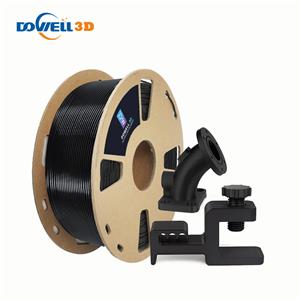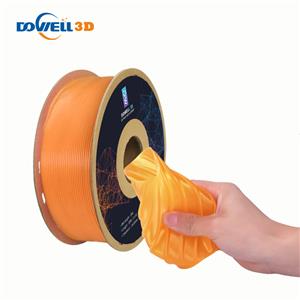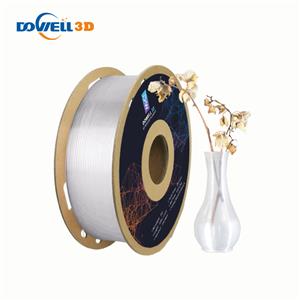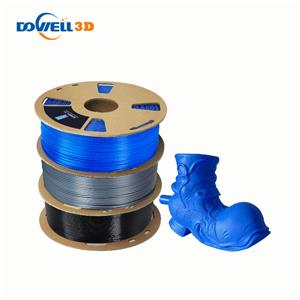How to perfectly printing carbon fiber filament?
How to perfectly printing 3d material carbon fiber filament?
Overview
Carbon fiber filaments contain short fibers that are infused into a PLA or ABS base material to help increase strength and stiffness.
Carbon fiber filaments use tiny fibers that are infused into a base material to improve the properties of that material. Several popular filaments can be bought with carbon fiber fill including PLA, PETG, Nylon, ABS, and Polycarbonate. These fibers are extremely strong and cause the filament to increase in strength and stiffness. This also means that the 3D printed parts will be much lighter and more dimensionally stable, as the fibers will help prevent shrinking of the part as it cools. Print settings, such as printing temperature, speed, bed adhesion, and extrusion rates will be very similar to the normal settings used for the base material that the fibers were added to (for example, the stock PLA settings would be a good starting point for PLA-based carbon fiber filament). However, due to the added fibers, these specialty materials are more likely to clog and can require special hardware to avoid damaging the printer.
Pros
Increased strength and stiffness
Very good dimensional stability
Lightweight
Cons
Abrasive and requires hardened steel nozzle
Increased oozing while printing
Increased brittleness of filament
Higher tendency to clog
Best Practices
These tips will help you reduce the chances of common 3D printing issues associated with carbon fiber filled filaments such as clogging and the nozzle wearing down.
Upgrade to hardened steel nozzle
Adjust retraction settings to avoid clogs
Reduce the print speed for consistent results
Use a guided filament path
Pro-Tips
Nozzles with larger diameters are far less likely to clog, as the fibers will fit through the larger nozzle hole much more easily.
If the nozzle seems to clog right away after printing the first layer or two, try increasing the first layer height. If the nozzle is too close to the bed, this will create increased back-pressure while printing these layers that can cause the fibers to build up and clog the nozzle temporarily.
Get Started with Carbon Fiber Filled
There are many unique applications for this speciality material. We’ve compiled a few types below to help you get started.
PLA Carbon fiber & PETG Carbon fiber & ABS Carbon fiber & ASA Carbon fiber




